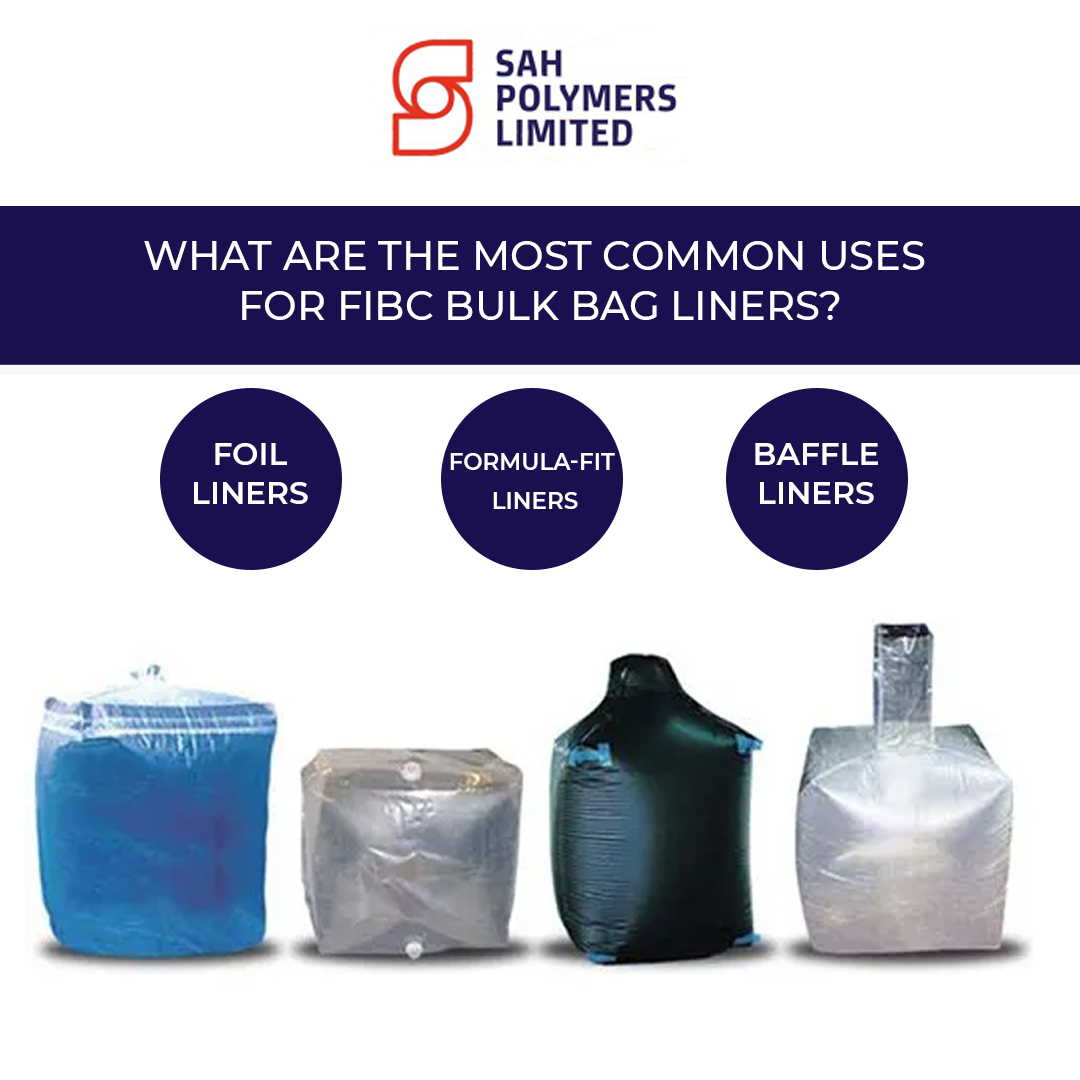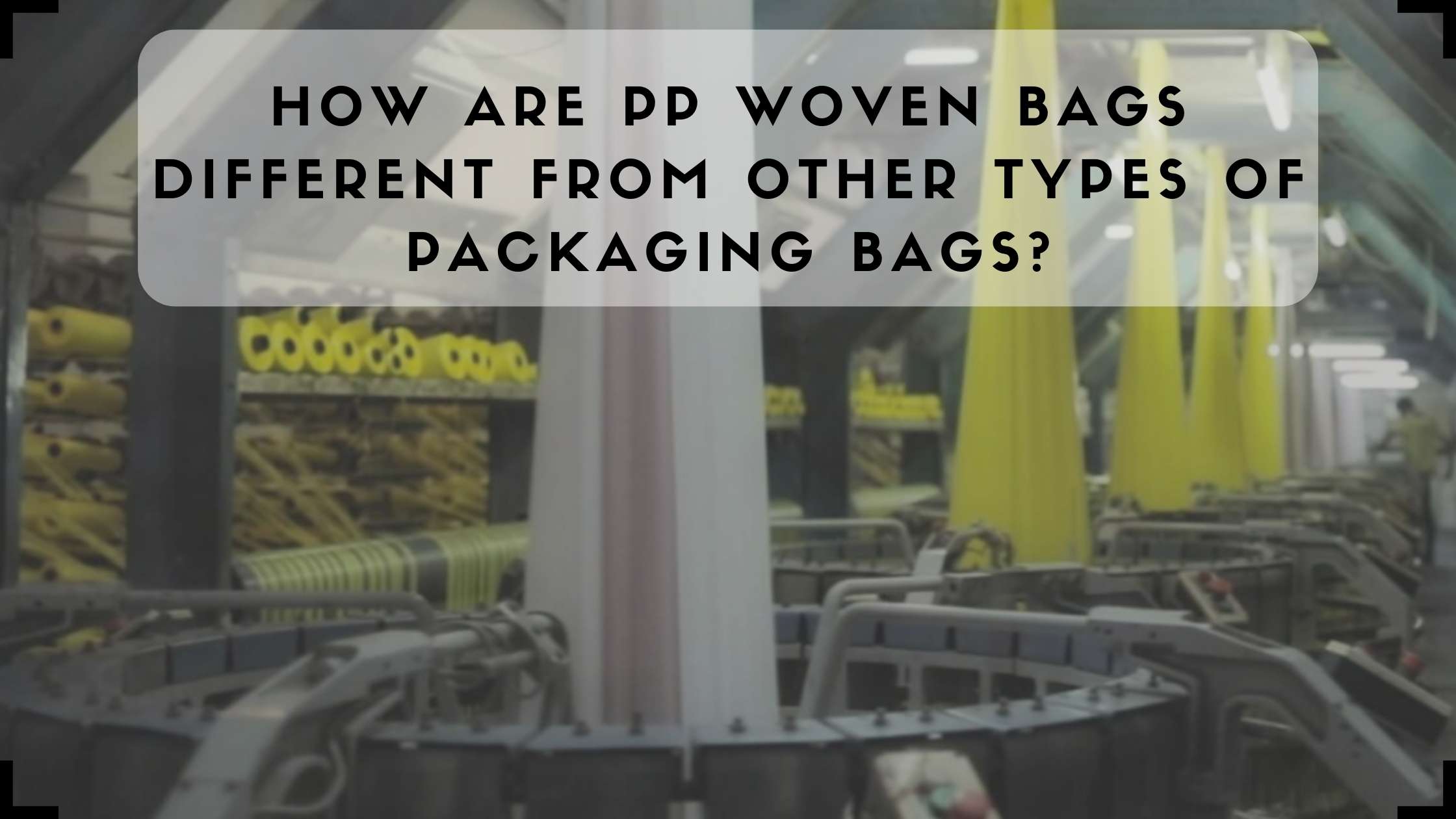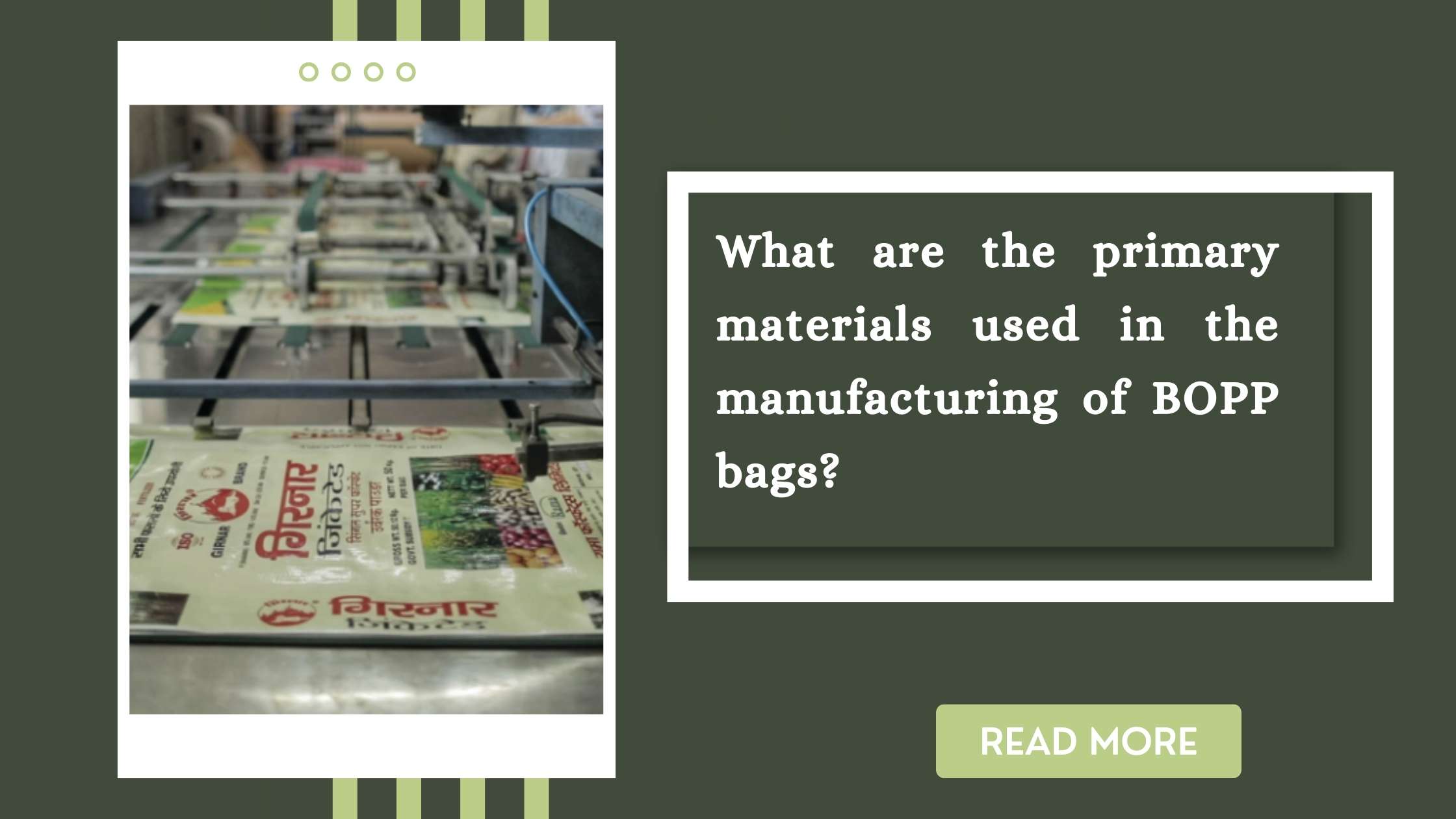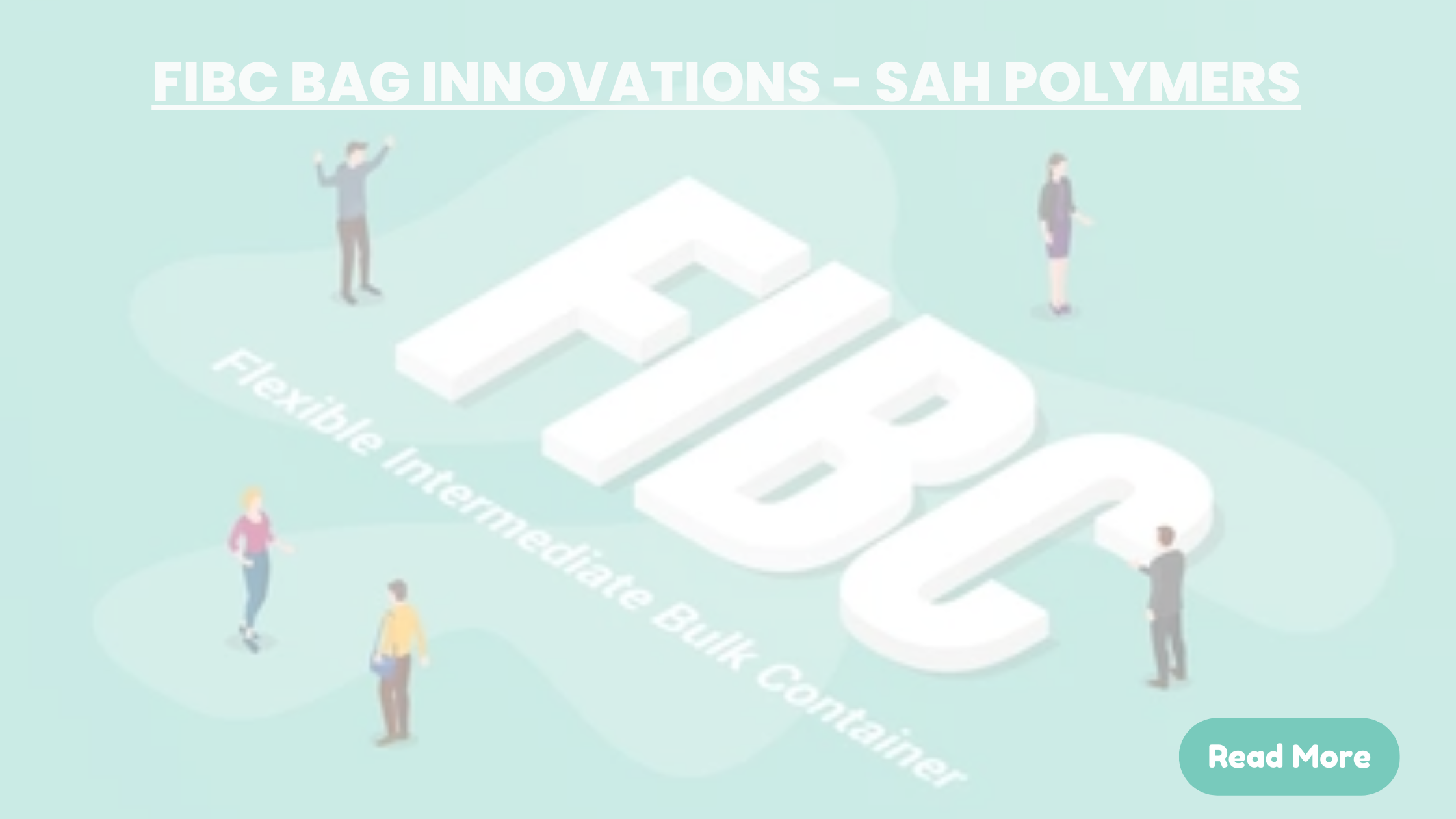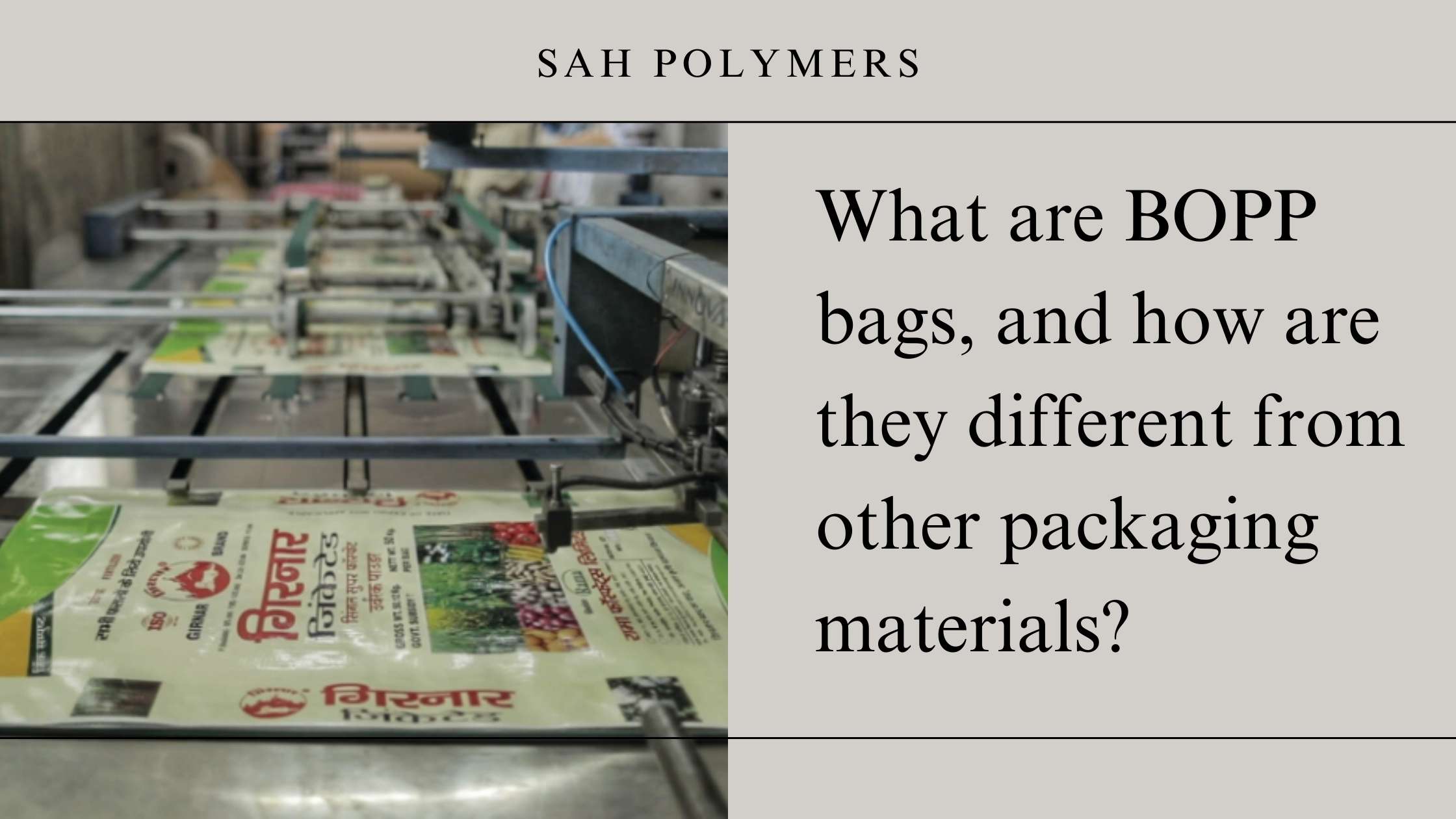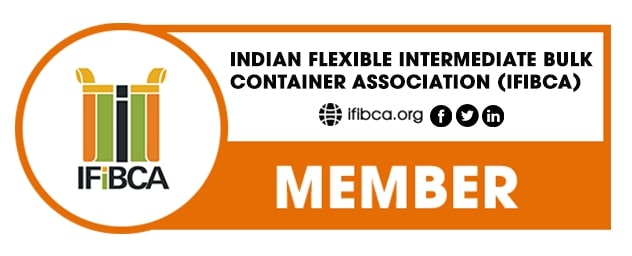Concerning the packaging and transportation of different products, FIBC bulk bags are among the most flexible options on the market. Since the 1940s, a variety of industries began using FIBC containers to store huge quantities of goods. Sturdiness and flexibility are two distinctive characteristics of these modern containers.
The types from FIBC Liners
When bulk bags were discovered to be their application in the transportation of different goods including grain and pharmaceuticals to wood and food You must be aware of the fabric of the bags. The kind of liner that is used is determined by the material and the industry.
You can purchase the following liners on the market.
Lay-Flat for FIBC Liners
Lay-flat liners are cylindrical in form with an opening on top and are sealed on the bottom using the use of heat. Expertly designed by the experts they are bulk FIBC bag liners that have the ability to block oxygen, protect against moisture as well as anti-static properties. They also provide resistance to chemical corrosive substances.
Foil Liners
Foil liners provide UV protection that is water-resistant and allows greater oxygen flow within large bags. They are the most durable FIBC lines and help improve the charging, filling, and safe handling of products. Manufacturers design these bags by using different aluminum compounds that can be used for various uses.
Formula-Fit Liners
Form-fit, high-protection liners are the most common bags used to store and transport items, designed to fit the dimensions and shape of the bag. The oxygen barrier and waterproofing properties of the bags shield the contents of the bag from getting contaminated. In addition, these liners that are chemical resistant safeguard the product from any kind of damage.
Baffle Liners
Baffle liners are a different kind of FIBC liner that provides premium packaging, which minimizes the cost of storage and shipping. In addition to offering greater stability, these bags make use of internal baffles to keep their shape.
Utilization for FIBC Liners
The typical uses of FIBC lines are as follows:
Transportation of Fine Powder
FIBC bulk bag liners with seams that can withstand sift are ideal for handling delicate materials including cement and powdered material. They are also great to store and transporting minerals, such as zinc ash, titanium dioxide cobalt powder, and food-grade powders, such as spiced skimmed milk, and others.
Transportation of Critical Products
Certain items are flammable, susceptible to static charges, and can cause explosions, which makes them difficult to move. FIBC lined liners that have static controlled properties are great for storage, transporting and stacking, lifting, and transporting items that are flammable, such as petroleum. They are not prone to sparks and provide security during transport.
Transporting Plastics
The thermoplastic industry supports almost every other industry in the world. They rely on bulk packaging and the availability of products. Plastics are transported by manufacturers to factories in pellets, which makes FIBC bags an ideal choice for transport.
Transporting Construction Materials
The construction industry depends on a rapid and reliable supply of raw materials like sand, cement, and stone, as well as metals and minerals. It is therefore essential to select sturdy and reliable bags to transport. FIBC bags meet the demands of the market since they are strong and flexible.

